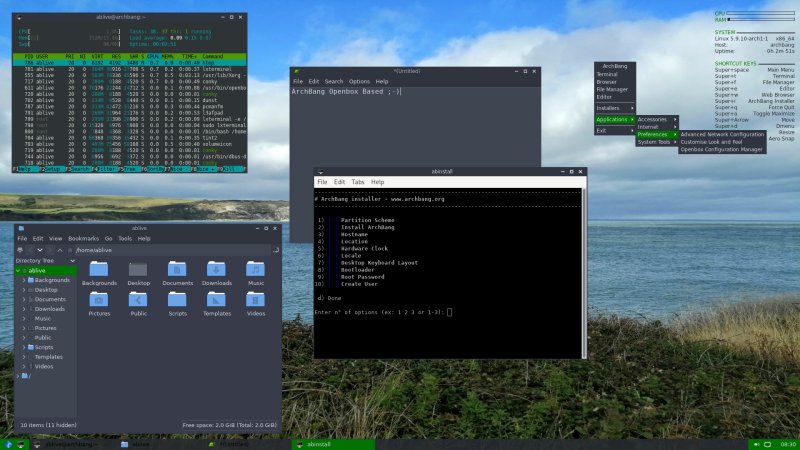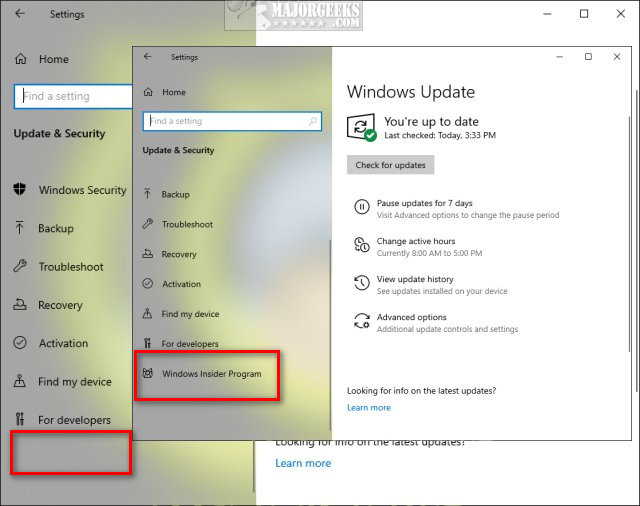
Note: As I was writing this article, I checked all the shop workstations and found a drive on one system with a couple of critical SMART attributes to be concerned over. That way, you can take the appropriate actions when you start to see signs of a predictable failure. But you can monitor the SMART attributes to determine the health status of a drive.


When the SMART system anticipates imminent hardware failure, it will alert the operating system. SMART uses various indicators to determine the reliability of a drive. Well, there is, and here is how to check the health of your Windows-based computer drive.ĭid you know that there is a system inside every computer drive that monitors health and performance? Self-Monitoring, Analysis, and Reporting Technology ( SMART) is a monitoring system built into Hard Disk Drives ( HDD) and Solid State Drives ( SSD) to detect and report the health of a drive.

Would it be nice if you knew when the drive in your computer was starting to fail? That way, you would have time to back it up and replace it.


 0 kommentar(er)
0 kommentar(er)
